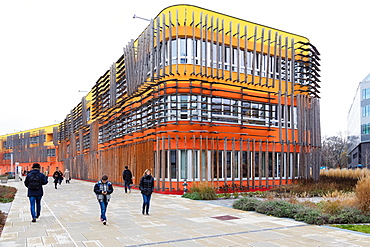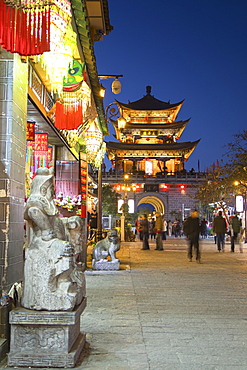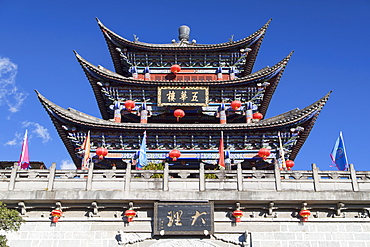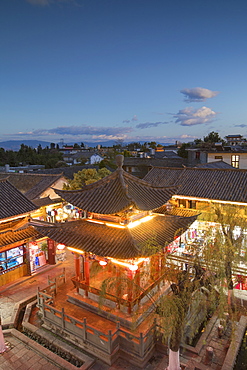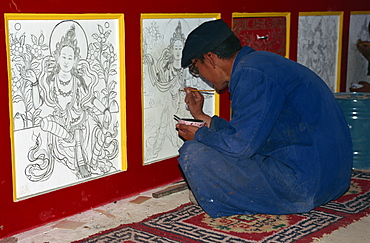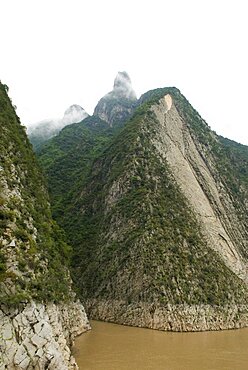Results
10 results found
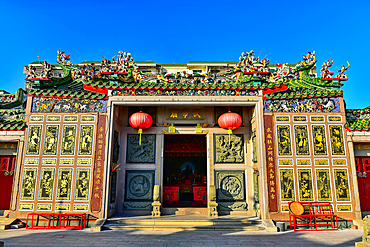
Wu'di temple of the God of War (Guanyu of the Three Kingdoms) on Nan'ao Island, Shantou City, Guangdong Province, China

Statue of Zhen Wu in a temple on the summit of Mount Wudang, Wudang Shan, 1613 metres high, Taoist mountain, Hubei province, UNESCO world cultural heritage site, birthplace of Tai chi, China
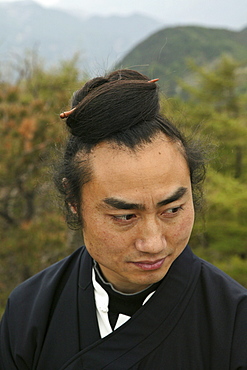
Taoist monk Zhang Qingren demonstrating Tai Chi, Hou Shi Wu Temple, Mount Tai, Tai Shan, Shandong province, World Heritage, UNESCO, China
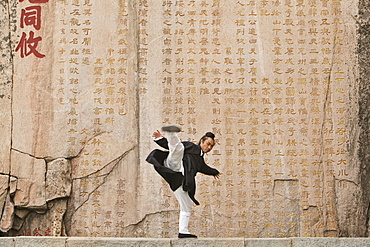
Taoist monk Zhang Qingren demonstrating Tai Ch infront of a famous inscription from Emperor Xuanzong, Hou Shi Wu Temple, Mount Tai, Tai Shan, Shandong province, World Heritage, UNESCO, China
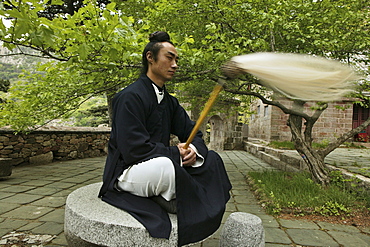
Taoist monk Zhang Qingren demonstrating Tai Chi, Hou Shi Wu Temple, Mount Tai, Tai Shan, Shandong province, World Heritage, UNESCO, China

Taoist monk Zhang Qingren about to demonstrate Tai Chi, Hou Shi Wu Temple, Mount Tai, Tai Shan, Shandong province, World Heritage, UNESCO, China
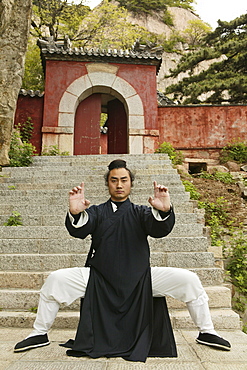
Taoist monk Zhang Qingren demonstrating Tai Chi, Hou Shi Wu Temple, Mount Tai, Tai Shan, Shandong province, World Heritage, UNESCO, China

Taoist monk Zhang Qingren about to demonstrate Tai Chi, Hou Shi Wu Temple, Mount Tai, Tai Shan, Shandong province, World Heritage, UNESCO, China

Taoist monk Zhang Qingren demonstrating Tai Ch infront of a famous inscription from Emperor Xuanzong, Hou Shi Wu Temple, Mount Tai, Tai Shan, Shandong province, World Heritage, UNESCO, China
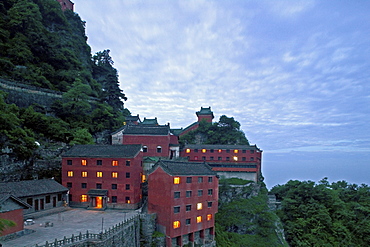
Tianzhu Feng tempel village near the summit of the Wudang Mountains, Wu Tang Shan, Taoist mountain, birthplace of Tai chi, Hubei province, UNESCO world cultural heritage site, China
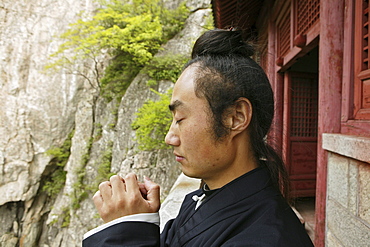
Taoist monk Zhang Qingren demonstrating Tai Chi, Hou Shi Wu Temple, Mount Tai, Tai Shan, Shandong province, World Heritage, UNESCO, China

Tianzhu Feng tempel village near the summit of the Wudang Mountains, Wu Tang Shan, Taoist mountain, birthplace of Tai chi, Hubei province, UNESCO world cultural heritage site, China

Taoist monk Zhang Qingren demonstrating Tai Ch infront of a famous inscription from Emperor Xuanzong, Hou Shi Wu Temple, Mount Tai, Tai Shan, Shandong province, World Heritage, UNESCO, China
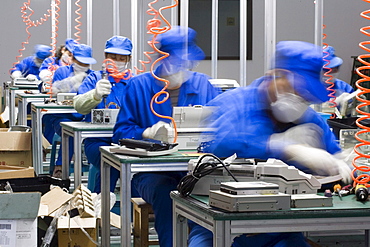
Seven workers are disassembling computers at TES-AMM Shanghai, which was founded on September 21, 2005, currently has 67 employees of which 26 are workers. With an annual production capacity of 10,000 tons, it has only treated 2,000 tons of e-waste from its founding more than a year ago. 'The biggest problem is that there isn't an e-waste recycling channel in China. The biggest chunks of raw materials we get are from government bodies, which are upgrading their equipments, and electronic appliances franchises that are washing out their outdated inventories. We don't have any imported e-waste because that's banned by the government. It takes a worker no more than ten minutes to disassemble a computer, and each worker can deal with between 60 to 70 computers a day,' says Janice Wu, who's the Environment & Quality Management Dept. Manager and Plant Manager Assistant.
